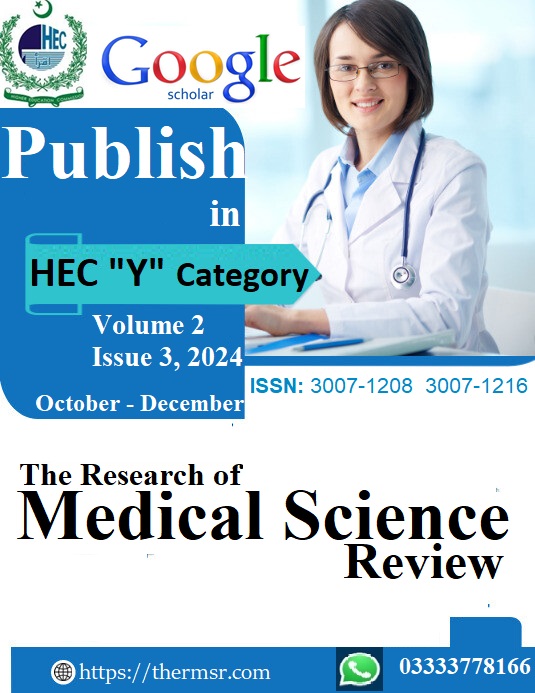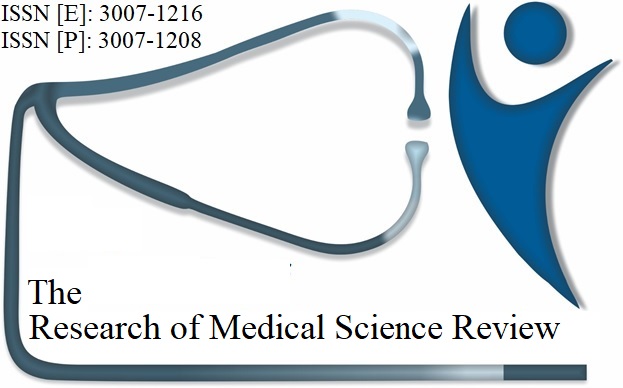ASSESSING THE CLINICAL UTILITY OF SONOELASTOGRAPHY FOR DIFFERENTIATING MALIGNANT FROM BENIGN THYROID NODULES: CORRELATION WITH HISTOPATHOLOGICAL FINDINGS IN PATIENTS WITH SUSPICIOUS ULTRASOUND FEATURES AT A TERTIARY CARE CENTER
Keywords:
Diagnostic Accuracy, Sonoelastography, Thyroid Nodule, UltrasoundAbstract
AIMS:
The aim is to evaluate sonoelastography's efficacy in diagnosing malignant thyroid nodules in patients with suspicious lesions detected during thyroid ultrasonography at a Karachi tertiary care hospital, using histology as the gold standard.
MATERIAL AND METHODS:
All patients who visited SIUT in Karachi and fulfilled the incorporation requirements were incorporated into the research. Following an explanation of the process, hazards, and advantages of the study, informed consent was obtained. Nodules scoring higher than 4 on sonoelastography were considered malignant. Every piece of information was electronically captured in the given form and used for study.
RESULTS
Mean ± SD of age was 37.7±7.2 years. In distribution of gender,110 patients (63.2%) were female, while 36.8% of the patients were male. Using histopathology as the gold standard, the diagnostic accuracy of sonoelastography was shown to be 70.69% a fatal thyroid nodule can be detected with a sensitivity of 84.78%, specificity of 57.40%, PPV of 46.99%, and NPV of 92.31%.
CONCLUSION
Histopathology is still vital in all cases of malignant thyroid nodules. On the other hand, sonoelastography proved to be more useful in evaluating thyroid nodules than histology.
Downloads
Downloads
Published
Issue
Section
License

This work is licensed under a Creative Commons Attribution-NonCommercial-NoDerivatives 4.0 International License.















